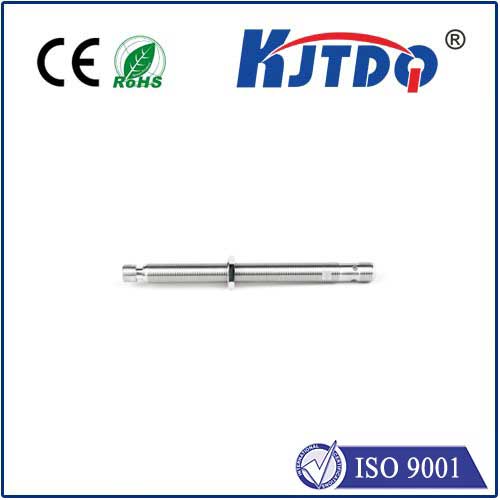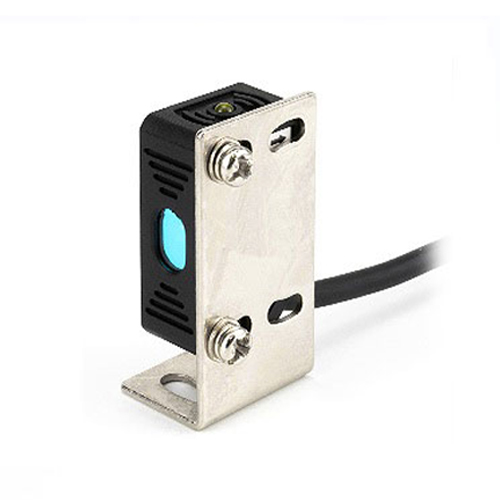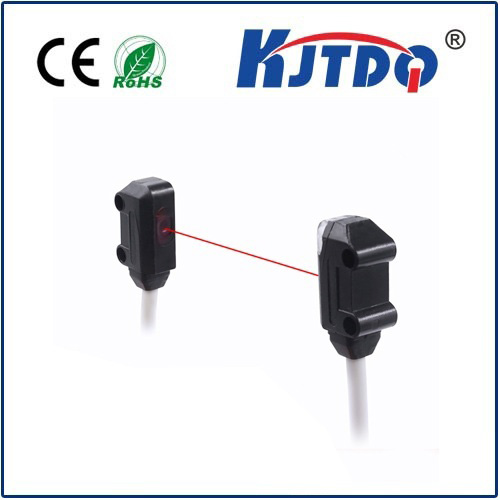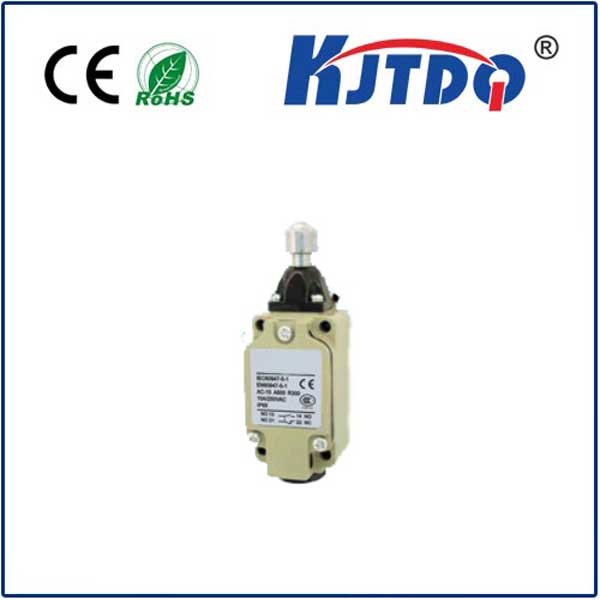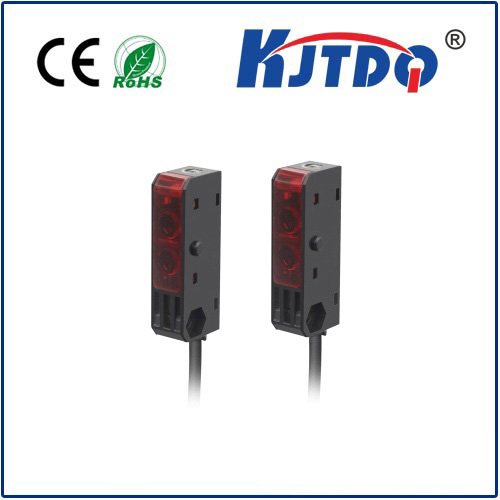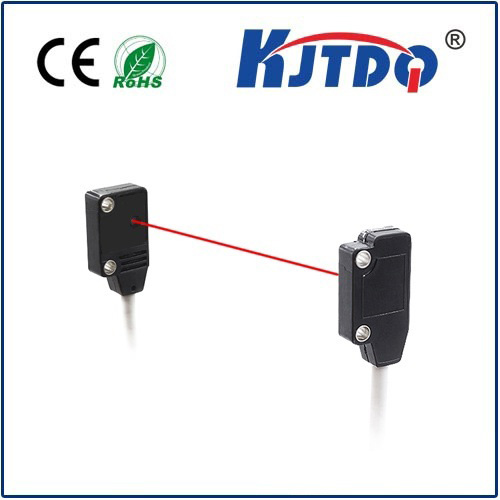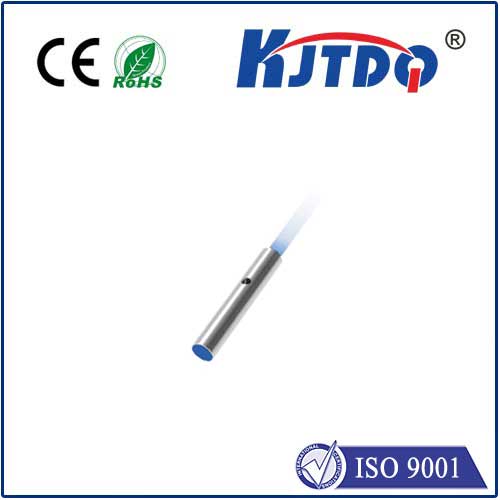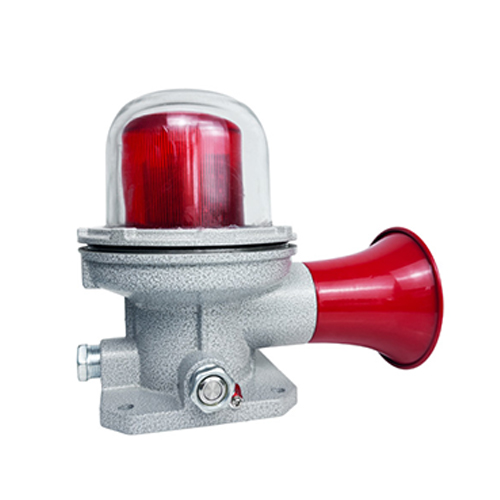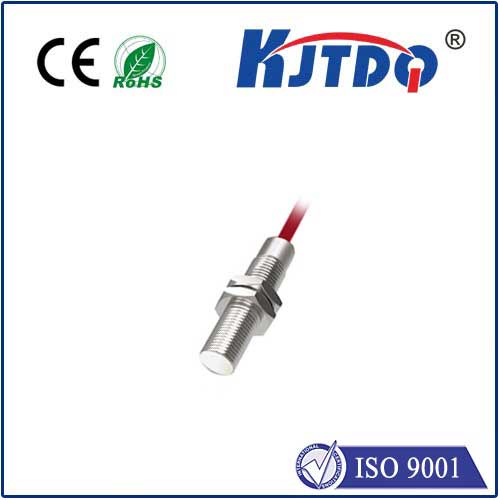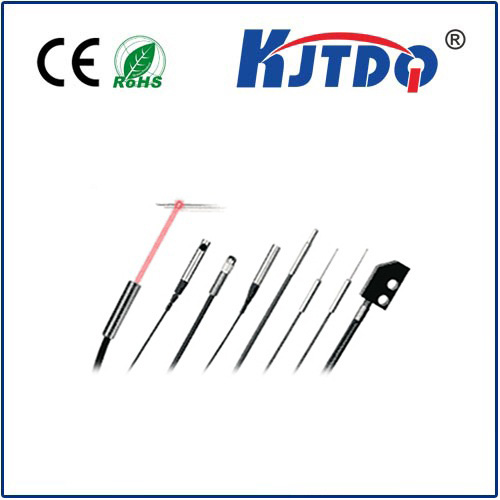24 volt limit switch
- time:2025-07-31 00:10:13
- Click:0
Mastering Industrial Safety and Control: Why 24V Limit Switches Are the Go-To Choice
Imagine a high-speed assembly line, robotic arms whirring with precision, conveyor belts humming steadily. Suddenly, a critical component veers off course. Disaster seems imminent—a costly collision, damaged machinery, potential injury. But it doesn’t happen. Why? Often, a small, unassuming hero triggers first: a 24V limit switch, silently ensuring the machine halts exactly when and where it should. In the intricate ballet of industrial automation, these voltage-specific sensors are fundamental pillars of safety, precision, and reliability. Understanding why 24V has become the de facto standard for these critical components reveals much about modern control engineering.
So, what exactly is a 24 volt limit switch? At its core, it’s an electromechanical device designed to detect the presence or absence of an object, or to monitor its position within a defined range. It physically opens or closes an electrical circuit when its actuator (like a lever, roller, or plunger) is moved by the target object. Crucially, it operates on a 24V DC supply, a key factor differentiating it from higher-voltage industrial controls and aligning it perfectly with modern control system architectures like PLCs (Programmable Logic Controllers) and safety circuits.
The Power of Low Voltage: Why 24V Dominates
The choice of 24 volts DC isn’t arbitrary; it’s driven by compelling technical and practical advantages:

- Enhanced Safety: This is paramount. Compared to traditional 110VAC or 240VAC control circuits, 24V DC represents significantly lower risk of severe electric shock or arc flash hazards for personnel during installation, maintenance, or troubleshooting. Intrinsic safety is a major benefit, making these switches ideal even in potentially hazardous environments when correctly implemented.
- Compatibility with Modern Control Systems: PLCs and sophisticated electronic control systems predominantly utilize low-voltage DC (LVDC) signals, typically centered around 24V DC. A 24V limit switch integrates seamlessly into these systems, requiring minimal interfacing or signal conversion. Its output signal (whether normally open - NO, normally closed - NC, or changeover) directly matches PLC input module requirements.
- Reduced Electrical Noise Susceptibility: DC signals, especially at 24V, are generally less prone to electromagnetic interference (EMI) and electrical noise compared to AC signals. This leads to greater signal integrity and improved reliability in complex industrial settings buzzing with motors, drives, and other electrical noise sources. Robust 24 volt limit switches often feature designs that further mitigate EMI.
- Energy Efficiency: While individual switch consumption is low, designing entire control panels around a lower baseline voltage like 24V DC contributes to overall reduced power consumption and potentially lower operating costs across a large facility.
- Simplified Wiring and Components: Wiring for 24V systems can often utilize smaller gauge cables compared to higher voltage systems. Furthermore, components like relays, PLC input cards, and power supplies rated for 24V DC are widely available, standardized, and often more cost-effective.
Core Functions: Where the 24 Volt Limit Switch Excels
The fundamental roles of a 24V limit switch within industrial automation include:
- Position Detection & End-of-Travel Control: Verifying that a cylinder has fully retracted or extended, a door is completely closed, a hoist has reached its upper or lower limit, or a sliding gate is in the correct open/closed position. This is their most classic application.
- Over-Travel Prevention (Safety): Acting as a critical safety backup, preventing mechanical components from moving beyond their designed physical limits, thereby avoiding collisions, jams, and potential equipment damage or personnel injury.
- Presence/Absence Sensing: Detecting the presence of parts on a conveyor, confirming a workpiece is correctly loaded in a fixture, or verifying a guarding panel is securely in place.
- Sequence Control: Initiating or halting subsequent steps in an automated process sequence based on the verified position of a preceding element.
- Counting: Registering the passage of objects (e.g., using a lever arm actuator repeatedly deflected) for basic counting operations.
Diverse Applications: The 24V Limit Switch in Action
The versatility of the 24 volt limit switch makes it ubiquitous across industries:
- Manufacturing: Protecting robotic arms from over-extending, confirming part positioning in CNC machines, controlling linear actuators, sensing pallet positions on assembly lines.
- Material Handling: Defining the start and end points for conveyor belts, confirming gate positions on sorting systems, detecting bin or container presence on AGVs (Automated Guided Vehicles).
- Packaging Machinery: Ensuring film wrappers or cartoners operate only when product is correctly positioned, verifying case sealer flap positions.
- Process Control: Monitoring valve positions, confirming access doors on tanks or reactors are secured before process start (safety interlocking), detecting level positions in some applications.
- Automotive: Used extensively on assembly lines for positioning jigs, confirming door/hood/trunk closure status during testing, controlling lifts and transfer equipment.
Choosing the Right 24 Volt Limit Switch: Key Considerations
Selecting the optimal 24V limit switch demands careful evaluation of your specific application:
- Actuator Type: This defines how the switch is triggered. Common options include:
- Roller Lever: Ideal for applications where the target object slides past or applies sideways force. Good for high-speed or cam-operated actions. Choose roller material (metal, plastic) based on force and environment.
- Plunger: Best for precise, direct linear actuation. Often used as end stops.
- Flexible Rod (Wobble Stick): Detects objects moving in any direction within a wide arc. Useful for presence detection on conveyors.
- Rotary: Monitors rotational position or angular movement.
- Electrical Ratings & Configuration:
- Current Rating: Ensure the switch contacts can handle the load current of the circuit it controls (e.g., PLC input, relay coil). Don’t overlook inrush currents.
- Contact Configuration: Specify NO, NC, or SPDT (Changeover) contacts based on your circuit logic and safety requirements (e.g., failsafe designs often prefer NC contacts).
- Voltage Rating: While designed for 24V DC, confirm the maximum voltage rating covers any potential spikes in your system.
- Environmental Conditions: Consider IP (Ingress Protection) Rating for dust and water resistance, temperature extremes, exposure to chemicals, oils, or washdowns. Robust construction (metal vs. plastic housing) is vital for harsh environments. Also assess potential for mechanical vibration or shock.
- Mechanical Specifications: Consider the force required to actuate the switch (operating force) and the force it can withstand without damage (over-travel force). Evaluate the required repeat accuracy of the switching point.
- Mounting: How will it be securely attached? Standardized mounting options (e.g., threaded body, base mounting) simplify installation. Ensure the mounting position aligns with the actuator’s required movement.
The Unseen Guardian
From safeguarding billion-dollar production lines to ensuring the simplest garage door stops safely, the 24 volt limit switch plays an indispensable, though often unseen, role. Its adoption of the low-voltage 24V DC standard is a testament to the relentless pursuit of safety, compatibility, and reliability






